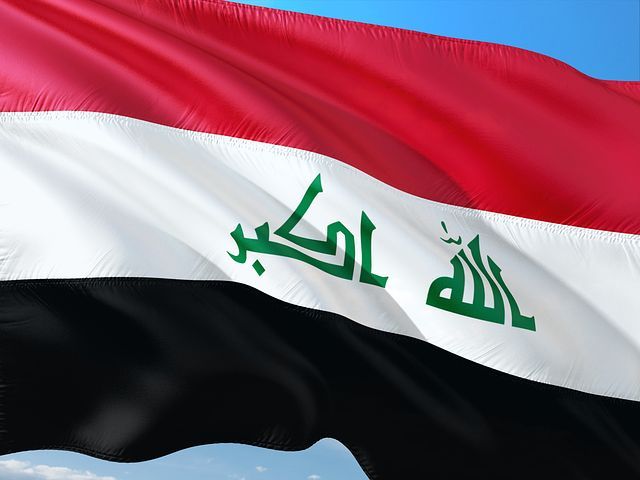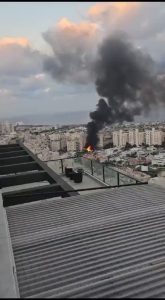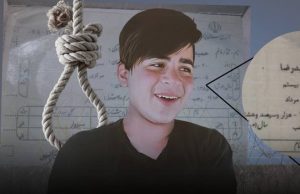Following the elections in October 2021, two major Shiite factions emerged on the Iraqi political scene: the Sadrist movement, led by the populist preacher Muqtada al-Sadr, and the Coordination Framework, which includes Shiite forces loyal to Iran.
The Coordination Framework hindered the Sadrist movement’s and its allies’ efforts to establish a government, including the Kurdistan Democratic Party led by Masoud Barzani and the Sunni Taqaddum Party led by Muhammad al-Halbousi.
Also read: What is the green zone in Baghdad?
The Framework was able to establish a blocking third in parliament, which is required for selecting the president, which is a key step in forming a government.
Since then, the process has been paralysed by rallies and protests staged by both sides, including the Sadrist occupation of the Iraqi Council of Representatives, or parliament.
The Framework’s primary players
Following the withdrawal of Sadr’s 73 lawmakers from parliament in June, the Coordination Framework now controls 130 seats. The Sadrists’ seats were replaced, adding 40 extra members to the Coordination Framework.
Also read: Iraq protests: 3 times Baghdad saw widespread violence
The alliance includes prominent Shiite forces such as the State of Law Coalition, led by Nouri al-Maliki, with 38 parliamentary seats, the Al-Fatah Alliance, led by Hadi al-Amiri, with 29 seats, including the seats of the Asa’ib Ahl al-Haq movement, led by Qais Khazali, and the Alliance of National State Forces, led by Ammar al-Hakim, with 11 seats in partnership with Haider al-Abadi.
Also read: Who is Muqtada al-Sadr?
The Patriotic Union of Kurdistan and the Babylon Movement, led by Ryan al-Kaldani, a Christian leader of the Popular Mobilization Units, as well as several Sunni and independent representatives, are also allies of the alliance.
Maliki is the leader of the Islamic Dawa Party and served as the Prime Minister of Iraq from 2006 until 2014. Since 2008, when he initiated a military assault against Sadr’s armed force, the Mahdi Army, he has been Sadr’s main antagonist.
Also read: Iraq protests: How other countries have reacted so far
Political affiliation
The Coordination Framework is neither a political party nor a coalition; rather, it serves as a coordination umbrella for Shiite parties. The Sadrist movement was a part of it until they left in early 2021. The Coordination Framework meets regularly but does not have a permanent location. Its meetings are held on a regular basis at the offices of one of its leaders.
While the bloc’s leaders are not all on the same page, they are all working toward the same goal of fighting Sadr, knowing that Sadr’s increased influence means greater marginalisation for them.
Also read: Iraq protests: 15 killed as Al-Sadr supporters storm government palace
The forces of the Coordination Framework are at odds, and the conflict erupted in early 2019 with a threat exchange between the Wisdom Movement and the Asa’ib Ahl al-Haq movement. Similarly, Maliki feels Abadi gained the premiership in 2014 through trickery and at his expense.
Some of the organisations are aligned with Iran. Amiri, Khazali, and Fayyad have deep ties to Iran, specifically the IRGC. According to Al-sources, Monitor’s the commander of the IRGC’s Quds Force, Ismail Qaani, has attended some of its meetings.
The struggle with Sadr was the only thing that brought the Coordination Framework together and brought them together. Without it, their sharp differences would swiftly cause them to split up.







